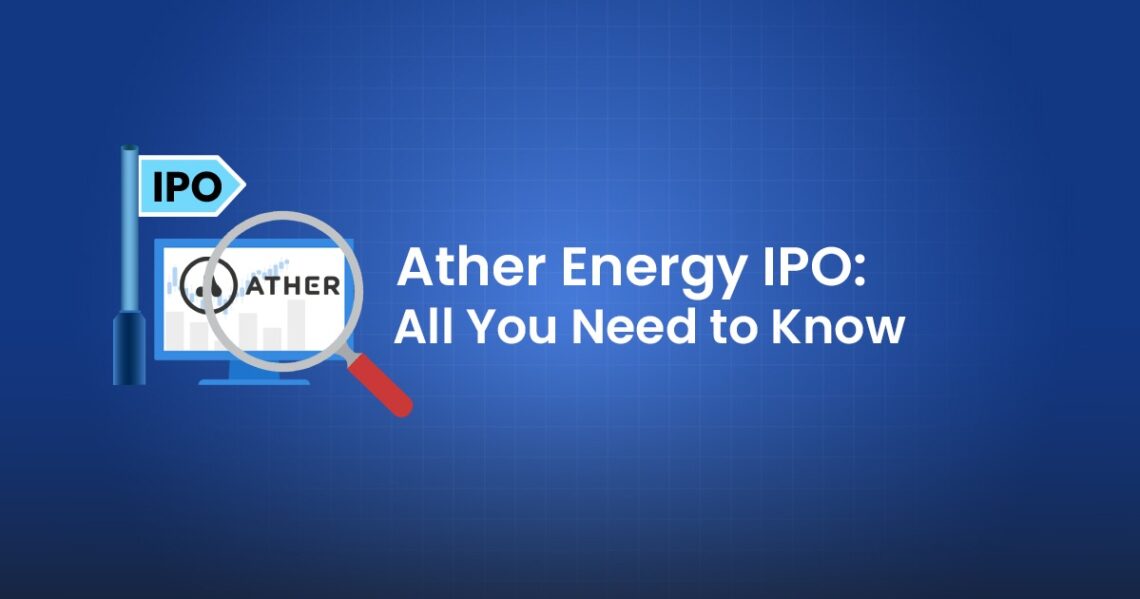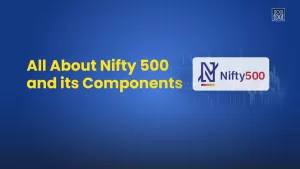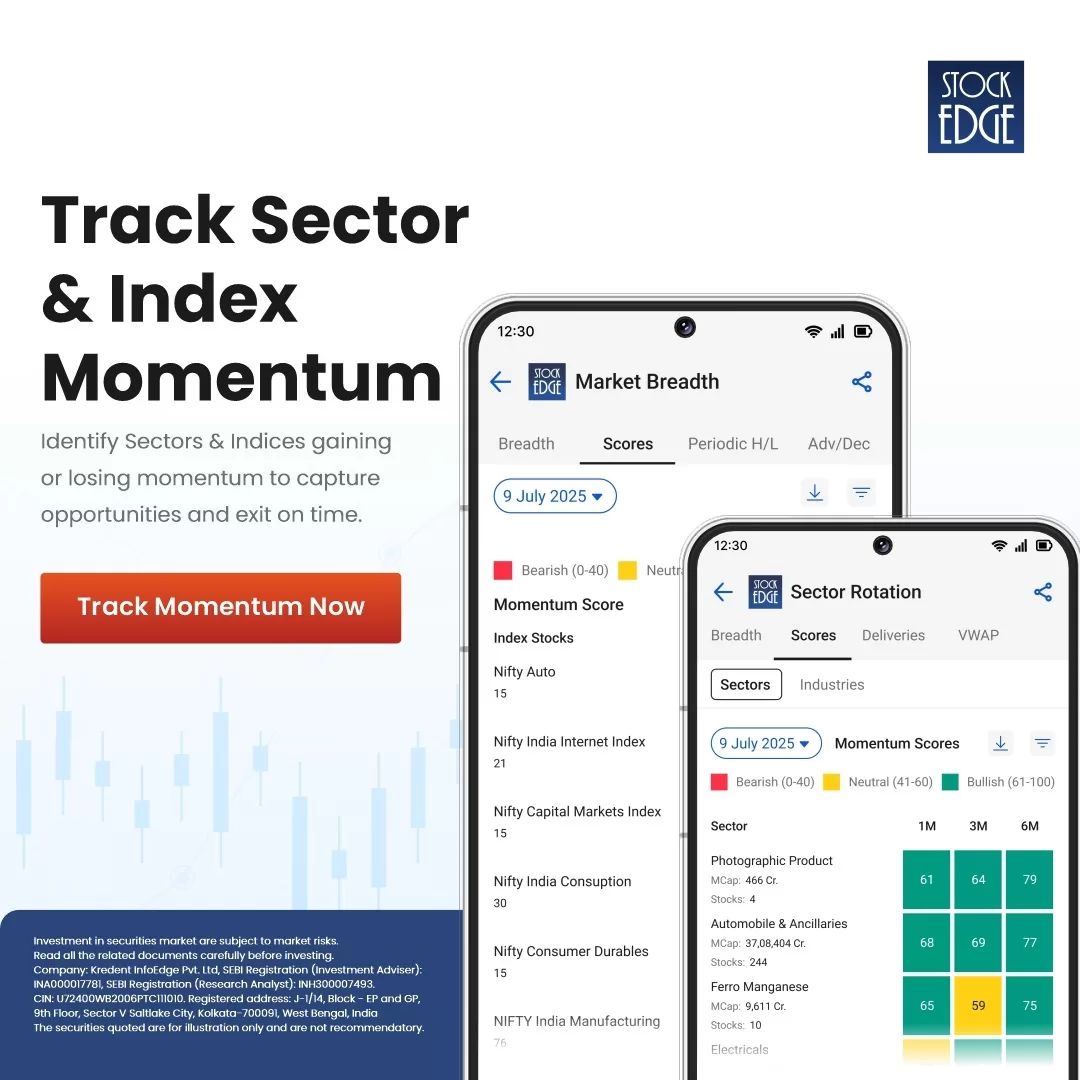Key Takeaways: Ather Energy IPO
- IPO Details: Ather Energy’s IPO opened on April 28, 2025, and closed on April 30, 2025. The price band was set between ₹304 and ₹321 per share, with a lot size of 46 shares. The total issue size was ₹2,981 crore, comprising a fresh issue of ₹2,626 crore and an offer for sale of ₹355 crore.
- Company Overview: Founded in 2013, Ather Energy is a pioneer in India’s electric two-wheeler market. Their product lineup includes the Ather 450 and the Ather Rizta, launched in April 2024. As of December 31, 2024, they operated 280 experience centers and 238 service centers, primarily through third-party partners in India, Nepal, and Sri Lanka.
- Manufacturing Capacity: Ather’s manufacturing facility in Hosur, Tamil Nadu, has an annual installed capacity of 4,20,000 electric two-wheelers and 3,79,800 battery packs as of December 31, 2024.
- Sector Outlook: India’s two-wheeler market is the largest globally, with 1.8 crore units sold domestically in FY24, accounting for 73% of total auto sales by volume. Electric two-wheelers currently have a 5.5% market penetration, expected to rise due to government incentives and increasing consumer adoption.
- Financial Performance: Ather’s revenue grew from ₹408 crore in FY22 to ₹1,783 crore in FY24. However, the company reported losses of ₹344 crore in FY22 and ₹864 crore in FY24, indicating ongoing investments in growth and expansion.
- IPO Objectives: The proceeds from the IPO are intended for capital expenditure, including setting up new manufacturing facilities, investing in research and development, and general corporate purposes.
- Risks: Investors should consider risks such as the company’s current lack of profitability, intense competition in the electric two-wheeler segment, and potential changes in government policies affecting the EV sector.
Imagine a city where electric vehicles hum quietly, smoothly navigating traffic and keeping the air clean and costs low. This vision is now a reality in India’s evolving mobility scene, with Ather Energy Limited leading the charge. Founded by two visionaries who knew the electric future required superior technology and design, Ather is offering investors a chance to join its journey through its Initial Public Offering (IPO). But what does the Ather Energy IPO offer, and should you invest? Let’s explore the story behind one of India’s most talked-about IPO’s of 2025.
Table of Contents
Ather Energy IPO is open for subscription from (28th Apr 2025) today onwards!
Ather Energy IPO Details:
- IPO Open Date 28th April 2025, Monday
- IPO Close Date 30th April 2025, Wednesday
- Price Band ₹304-₹321 per share
- Lot Size 46 shares
- Face Value ₹1 per share
- Issue Size at upper price band ₹2,981 crore (Fresh Issue ₹2626 crore and ₹355 crore)
- Listing exchanges NSE, BSE
- Cut-off time for UPI mandate confirmation by 5 PM on April 28, 2025
The tentative timeline for the IPO is as follows:
- Basis of Allotment 2nd May 2025, Friday
- Initiation of Refunds (if not allotted) 5th May 2025, Monday
- Credit of Shares to Demat (if gets allotments of shares) 5th May 2025, Monday
- Listing Date 5th May 2025, Tuesday
About the Company
Ather Energy Limited, incorporated in 2013, is a pioneer in the Indian electric two-wheeler (E2W) market. They launched their first product, the Ather 450, in June 2018. The current E2W portfolio comprises two product lines: the Ather 450 line and the Ather Rizta line, which was launched in April 2024. As of 31st December 2024, they operate under an asset-light distribution model that includes 280 experience centers and 238 service centers, most of which are run by third-party retail partners in India and through authorized distributors in Nepal and Sri Lanka.
Among these, three experience centers and two service centers were company-owned and operated. They have a manufacturing facility in Hosur, Tamil Nadu, where they assemble the E2Ws and manufacture the battery packs using lithium-ion cells. It has a total annual installed capacity of 4,20,000 units for E2Ws and 3,79,800 units for battery packs as of 31st December 2024.
Let’s look at the revenue breakup.
Sector Outlook in India
India’s two-wheeler market is the largest in the world and is undergoing a slow but irreversible transformation. In FY24, 1.8 crore two-wheelers were sold domestically, accounting for 73% of total auto sales by volume.
Electric two-wheelers (E2Ws) are still a small portion of this pie, with around 5.5% penetration in 9M FY25. However, strong tailwinds are set to accelerate this transition:
- Government subsidies and state-level EV policies
- Rising fuel prices making ICE vehicles expensive to run
- Increasing consumer awareness about sustainability
- Advancements in battery technology and charging infrastructure
The sales for E2W was 9.4 lakh units in FY24 (reflecting 5.1% penetration) and 8.4 lakh units in 9M FY25 (reflecting 5.5% penetration). In FY25, the total cost of ownership (TCO) of an E2W, with subsidy, was 37% lower than that of an ICE (internal combustion engine) 2W for an annual running of 8,000 km. However, despite the favorable TCO, the acquisition cost (ex-showroom price) for an E2W was about 40% higher than its ICE counterpart during FY24.
While motorcycles continue to dominate, scooters are gaining ground, particularly among working professionals and women. The scooter segment’s share has risen from 15% in 2009 to 34% by 2024. More importantly, E2W adoption is highest in scooters, where ease of use, comfort, and lower maintenance matter more.
Read our blog to learn more about India’s Top Electric Vehicle(EV) Stocks.
Financial Performance of the Ather Energy IPO
In FY24, the company recorded revenues of ₹1,754 crores, reflecting its rapidly growing presence. However, this growth has its costs, as Ather faced an EBITDA margin of -39% and a net loss of ₹1,060 crores. While these figures may be concerning, they are typical for a company making substantial investments in R&D, branding, and market expansion.
When compared to established giants, the contrast is stark. Bajaj Auto, for instance, enjoys a healthy EBITDA margin of 19.5% and a PAT margin of 17%. TVS Motor and Hero MotoCorp, too, are comfortably profitable. Even Ola Electric, Ather’s closest competitor in the EV segment, while still loss-making, has slightly better margins than Ather. Yet, despite these red flags, the market is valuing Ather richly at a Price-to-Sales (P/S) ratio of 6.7x — higher than most traditional players. Why? Because investors are betting not on today’s profits but on tomorrow’s dominance.
Objectives of the Issue
The IPO proceeds will be strategically used for:
- Building a new mega-factory in Maharashtra (capacity: 14.2 lakh units eventually)
- Reducing debt to strengthen the balance sheet
- Boosting R&D investment for cutting-edge tech
- Marketing efforts to build a stronger brand presence
- General corporate purposes
This expansion will not only scale production but also improve Ather’s margins over the long term.
Let’s now look at the risk factors of the Ather Energy IPO.
Risk Factors
While the Ather Energy IPO looks promising, investors need to consider potential risks. The company heavily depends on external suppliers for essential components, with a significant 28% of these materials sourced from China, which exposes Ather to geopolitical and supply-chain vulnerabilities. Additionally, Ather’s revenue is predominantly generated in South India, making it susceptible to regional demand fluctuations. The Indian E2W market is highly competitive, and aggressive pricing strategies or innovations from competitors could further pressure Ather’s profit margins. Furthermore, since Ather is still operating at a loss, investors should exercise caution.
Should you subscribe to the Ather Energy IPO?
So, after all the excitement, should you actually put your hard-earned money into the Ather Energy IPO?
Ather Energy Limited is the 4th largest E2W player by volume as of 31st December 2024. A significant portion of its revenue is concentrated in South India. In FY25, it had a market share of ~11%. Although the company is recognized as one of the major players in the industry, it has yet to achieve profitability.
Before investing in the Ather Energy IPO, you should carefully consider both the potential benefits and the associated risks. In this blog, you will get an in-depth analysis of the main advantages and possible drawbacks of this investing opportunity. The Ather Energy IPO gets an “Average” rating from StockEdge’s expert panel, indicating that the chance is balanced and cautious.
For more detailed information, we’ve created a comprehensive Ather Energy IPO Note, which includes a deep dive into the company’s financials and a SWOT analysis, helping you understand its growth potential.
To stay on top of the latest IPOs, visit StockEdge’s IPO section under the Explore tab, where you can track upcoming, ongoing, and recently listed IPOs.
Join the StockEdge Club today! Our research analysts are available to answer any questions about investments, trading, or IPOs.
Happy investing!











